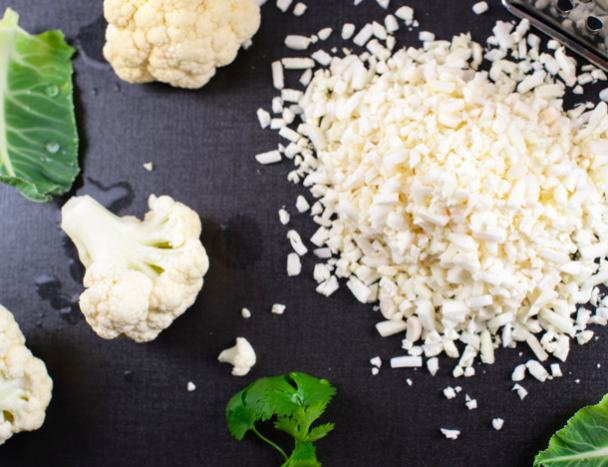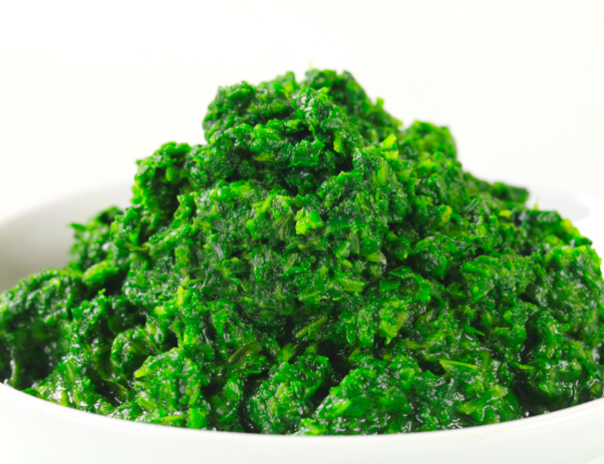How to Easily Add Healthy Veggies to Your Diet
Posted on 23 Mar 2022
Parents here in Reunion – like parents everywhere – have a secret stash of tricks for getting kids to eat their veggies. After all, a diet rich in fruits and vegetables promotes healthy growth and development, as well as lowers the risk of disease, obesity, and cancer. So, how about adults? Federal guidelines recommend that adults eat 1.5-2 cups per day of fruit and 2-3 cups of vegetables. Still, a 2015 study by the CDC found that only 9% of adults nationwide meet the federal recommendations. If you’re part of the 91% who need a boost, these three vegetables are nutrition powerhouses you can sneak into almost any recipe.
Cauliflower

If cauliflower florets are the perfect crunchy snack, cauliflower rice is the easiest veggie add-in for dinners all week long. Just wash and grate a head of raw cauliflower, or break into florets and pulse in your food processor. When the pieces are the size of rice, you can sauté them with a tiny bit of olive oil to substitute for rice itself. Use it anywhere you normally use rice — in sushi, stir-fry, stuffed peppers. In recipes calling for ground beef, turkey, or pork, add cauliflower rice. Sneak it into chili, soups, even mac and cheese. Rich in antioxidants, dietary fiber, calcium, potassium, folate, zinc, and more, cauliflower rice is a must-have staple in your kitchen.
Pumpkin

Pureed pumpkin contains the same nutrients, whether fresh or canned, including potassium, vitamin A, and iron. (Check labels to make sure you have only puree, without added salt or sugar). In addition to the usual pies, soups, and breads, consider adding pumpkin to your morning vanilla smoothie, blending it into your batch of hummus, mixing it with mashed potatoes, or whipping up turkey chili with white beans. Bonus – for the littles who still eat ketchup by the spoonful, mix pumpkin or carrot puree into the tomato base. They’ll never know!
Spinach

One cup of frozen spinach has four times the amount of nutrients as one cup of fresh. With fiber, folate, iron, calcium, and a small army of vitamins and antioxidants, frozen spinach is an inexpensive way to power up the nutritional value of meals. Blend spinach into hummus, pesto, and even brownie batter (yes, really!). Add frozen spinach to egg dishes, pasta sauce, pizza sauce, soups, chili, taco meat, burgers, meatballs, and more. Keeping fresh spinach in the fridge means you can add it to salads, grilled cheese and other sandwiches, or blend into your morning smoothie.
Of course, healthy vegetables aren’t limited to just these three. As Farmer’s Markets begin to open across the Front Range, take advantage of the availability of fresh produce. When cooking, set up an additional area on your gourmet-sized kitchen island to chop extra fruit and vegetables at one time and freeze. Ready to find the perfect kitchen in the perfect home for you? Contact Reunion today and let us help you discover your dream!
